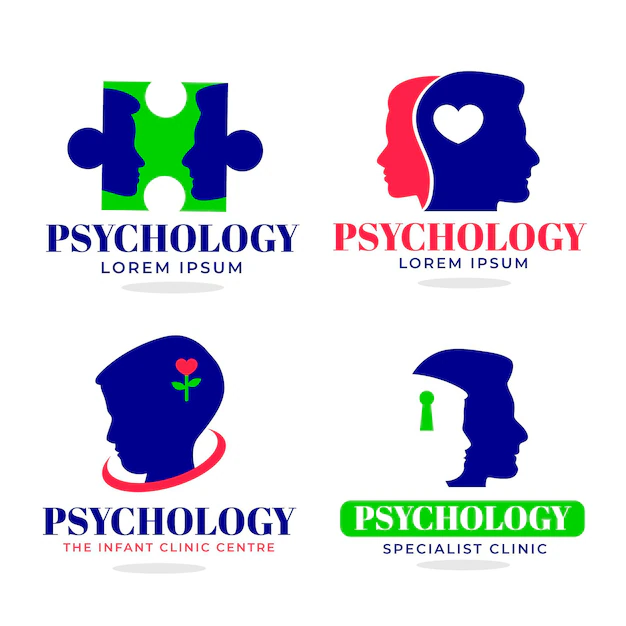7 Best Parenting Style for Addressing Bullying Behavior in Children

Dealing with a child who exhibits bullying behavior at school requires a thoughtful and balanced parenting approach. Bullying can stem from various underlying issues, including emotional struggles, social challenges, or learned behaviors. Adopting an effective parenting style can help address these issues, promote positive behavior, and support your child’s social and emotional development. Here’s a guide to the best parenting strategies for managing and improving bullying behavior.

7 Best Parenting Style for Addressing Bullying Behavior in Children
1. Authoritative Parenting: A Balanced Approach
Authoritative parenting combines warmth and support with clear expectations and boundaries. This style is particularly effective in addressing bullying behaviors as it fosters both emotional support and structure.
Key Strategies:
- Set Clear Rules: Establish and enforce clear rules about acceptable behavior, emphasizing the importance of treating others with respect.
- Consistent Consequences: Implement consistent and fair consequences for bullying behavior to reinforce the seriousness of the issue.
- Open Communication: Maintain open lines of communication with your child to understand their perspective and discuss the impact of their actions.
2. Empathetic and Supportive Parenting
Understanding the emotional and social factors contributing to your child’s bullying behavior is crucial. An empathetic approach helps address underlying issues and fosters a positive change in behavior.
Key Strategies:
- Listen Actively: Listen to your child’s concerns and feelings without immediate judgment or punishment. Understanding their motivations can help address root causes.
- Validate Emotions: Acknowledge your child’s emotions and struggles, and provide support in coping with these feelings in healthy ways.
- Offer Guidance: Help your child develop empathy by discussing the impact of bullying on others and guiding them toward more positive social interactions.
3. Modeling Positive Behavior
Children often mimic the behavior they observe. By modeling positive interactions and conflict resolution, you can influence your child’s behavior and attitudes.
Key Strategies:
- Demonstrate Respect: Show respect in your interactions with others and handle conflicts in a constructive manner.
- Teach Problem-Solving: Use everyday situations to teach your child effective problem-solving and communication skills.
- Promote Kindness: Engage in activities that emphasize kindness and empathy, reinforcing the value of positive behavior.

4. Structured and Consistent Approach
Providing structure and consistency helps create a predictable environment where expectations and consequences are clear, which is essential in addressing behavioral issues.
Key Strategies:
- Establish Routines: Create consistent daily routines and expectations to help your child understand boundaries and responsibilities.
- Routine Check-Ins: Regularly discuss behavior expectations and review any incidents of bullying to reinforce the importance of positive behavior.
- Consistency in Discipline: Apply consistent consequences for bullying behavior to help your child understand the seriousness of their actions.
5. Encouraging Self-Reflection and Responsibility
Encouraging self-reflection helps your child understand the impact of their behavior and fosters a sense of responsibility for their actions.
Key Strategies:
- Discuss Behavior: Engage your child in discussions about their actions and the effect on others. Encourage them to reflect on their behavior and its consequences.
- Promote Accountability: Encourage your child to take responsibility for their actions and make amends where possible. This might include apologizing to those affected by their behavior.
- Set Goals: Work with your child to set specific, achievable goals for improving their behavior and social interactions.
6. Seek Professional Support
In some cases, bullying behavior may require additional support from professionals. Seeking external help can provide your child with tools and strategies to address underlying issues.
Key Strategies:
- Consult a Counselor: Engage with a child psychologist or counselor who can help address emotional or behavioral issues contributing to the bullying behavior.
- Participate in Therapy: Consider family therapy or social skills training to address interpersonal issues and improve communication within the family.
- Work with School: Collaborate with school counselors and teachers to ensure consistent support and interventions at school.
7. Promote Positive Social Skills
Helping your child develop positive social skills is essential in reducing bullying behavior and fostering healthy relationships.
Key Strategies:
- Encourage Friendships: Support your child in building positive friendships and engaging in group activities that promote cooperative behavior.
- Teach Social Skills: Role-play social scenarios with your child to practice empathy, conflict resolution, and effective communication.
- Praise Positive Interactions: Reinforce and celebrate instances where your child demonstrates positive social behavior and treats others with respect.
Conclusion
Addressing bullying behavior requires a balanced approach that combines authoritative, empathetic, and structured parenting styles. By setting clear expectations, providing support, modeling positive behavior, and seeking additional help when needed, you can effectively address and improve your child’s behavior. Remember, consistent effort and open communication are key to fostering positive change and supporting your child’s social and emotional development.






